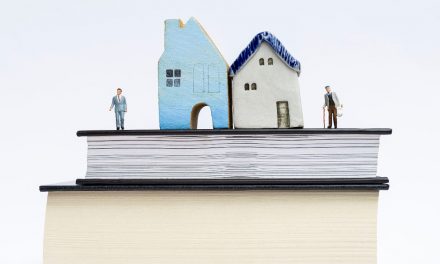By Kent Mulkey
You may be surprised to know the status of senior housing occupancy. The national average is a whopping 81%. I know, abysmal.
Think of it this way—in a 100-unit assisted living community, 81% occupancy means there are 81 units filled out of a possible 100. Nineteen vacant units. At $5,000/month per unit, the cost of vacancy is $95,000 per month, or $1.4M per year. To put it another way, consider your overall revenue being off by close to 20%—how embarrassing! No one ought to be satisfied with that.
You may be scratching your head, not quite sure why your community is not performing better, or even inching closer to higher occupancy.
Consider these eight reasons why your community may not be at 100% occupancy:
1. You Don’t Post Your Rates on Your Website
People tell me it is because they want to get people in the door first to get them “hooked.” One provider told me that qualified leads increased by 40% after they posted rates (hundreds of unqualified leads went away overnight). Additionally, the inquiry-to-tour ratio improved to 60%, tour-to-move-in to 40%, and inquiry-to-move-in to 20% after they began to post their rates. Their occupancy hovered between 98% and 100% every day.
2. You Are Always Going After More and More Leads
Ugh! The implication is simple—with an ever-increasing number of leads, you can’t possibly do even a decent job connecting with and building trust with prospects. I talked recently with a colleague who is a sales counselor in another state. Their occupancy is 94.5%, and she has close to 500 leads in her CRM. The reality is that she needs about 100 leads to fill the final six units.
3. Apartments Are Not Ready to Occupy
Can you believe that some operators take up to 30 days to turn an apartment and make it ready for a new resident? Standards vary, but I think 72 hours is about the max for turnaround time.
4. The Community Tells No Stories of Success
We all need to be reminded regularly why we do what we do—to provide a better life for older adults. There are a plethora of stories to tell that help to keep staff inspired and occupancy moving forward.
5. The Executive Director Is Not Part of the Sales Team
I was aghast when I visited senior communities as a regional director and discovered that the ED had NO idea what was happening with the sales department. I have news for you—the ED is accountable for occupancy, not the sales team.
6. The Intentional Work Is Not Being Done to Close the Back Door
Part of higher occupancy is keeping residents living at your community. Residents are not paid close enough attention to, honored, and having their wants and needs addressed. Resident satisfaction scores are not breaking any records these days. We can do a ton better!
7. The Last 10% Of Occupancy Is the Hardest Part of the Mountain to Climb
A seasoned sales counselor tells me that this is when sales professionals begin to try too hard—they push prospects, panic, try to rush it. This is where most sales counselors give up.
8. You Are Settling for “Good Enough”
Heck, look again at the national average of 81%; if you are reaching, for example, 85% you are crushing it relative to the average. Are you satisfied with that? One large senior housing company is celebrating these days that their occupancy is up to 73%. They report that it is a big deal.
Without question, it is hard to achieve 100% occupancy. Don’t give up. Keep inching forward by beginning to work on a couple of the eight items above. You will get there. Plenty of communities have led the way.








